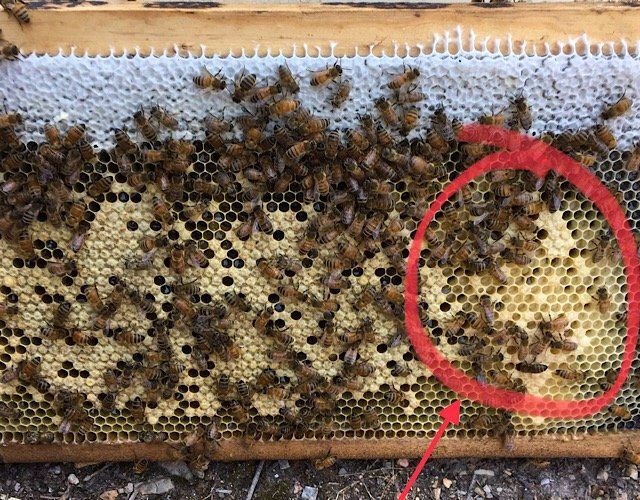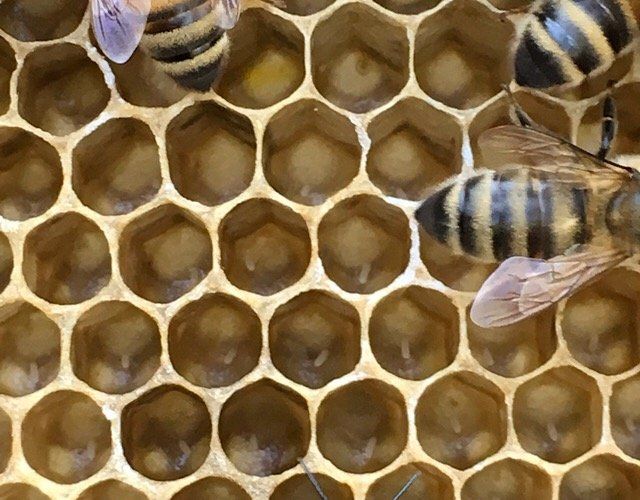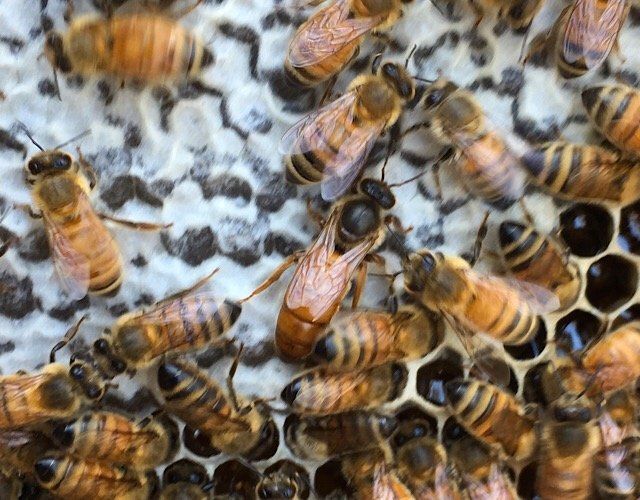Thank you Les.
This one question I have with a KTB.
Should I establish the colony in the middle with followers and progressively
move out to each side. ?
Or, Establish in one end and then expand lengthwise.
I have looked at a few youtube presentations and the hives have side entrances
at one end with the rest of the hive full.
Yes, I know. You can run two hives at once in one.
This one question I have with a KTB.
Should I establish the colony in the middle with followers and progressively
move out to each side. ?
Or, Establish in one end and then expand lengthwise.
I have looked at a few youtube presentations and the hives have side entrances
at one end with the rest of the hive full.
Yes, I know. You can run two hives at once in one.






